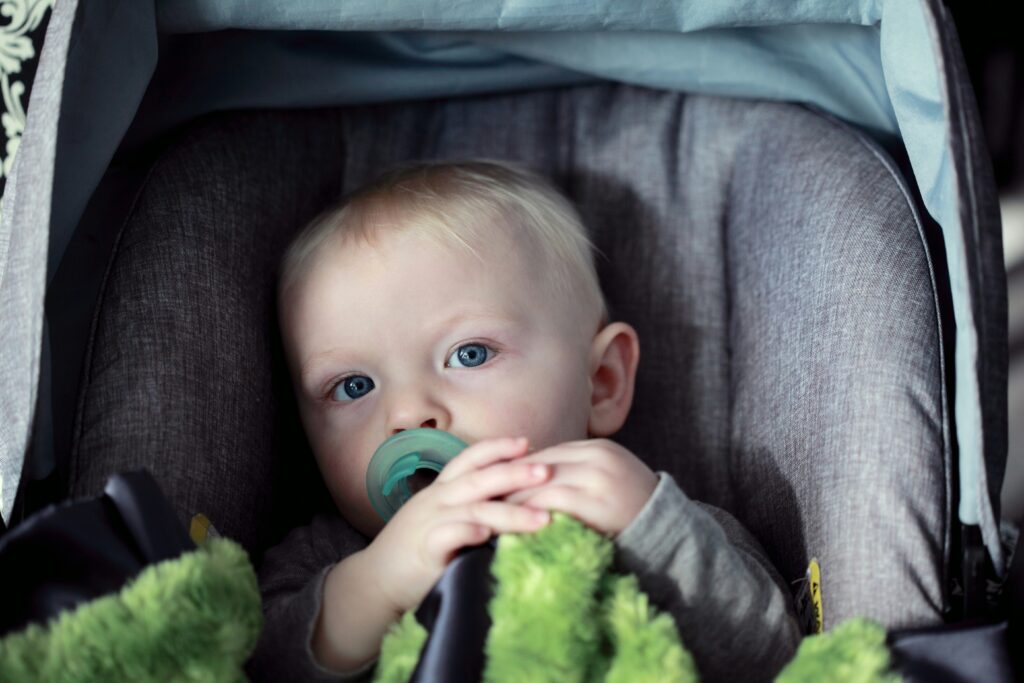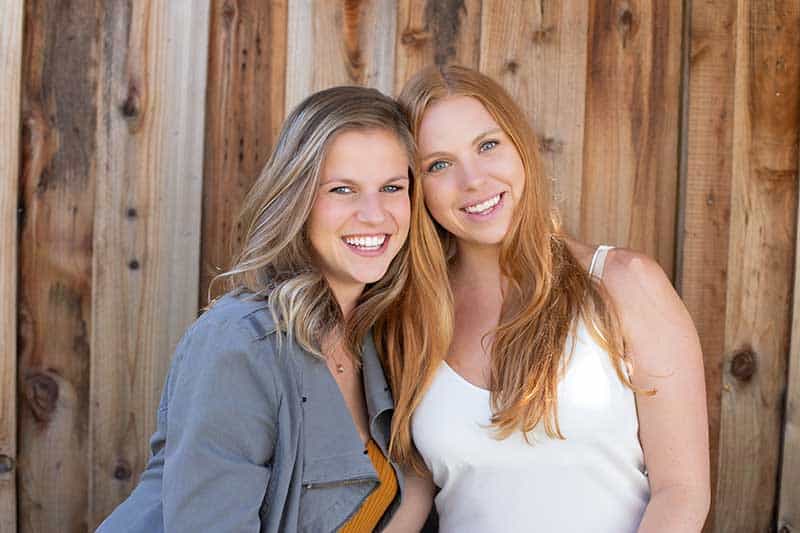Newborn Car Seat Safety

As you embark on the thrilling journey of parenthood, one crucial aspect you can’t afford to overlook is your little one’s safety on the road. In this comprehensive guide, we’ll walk you through the ins and outs of newborn car seat safety, covering everything from choosing the right car seat to installation techniques and transitioning from rear-facing to forward-facing. Let’s ensure your precious cargo is ready for the adventures ahead!
Choosing the Right Car Seat
We know choosing the right car seat can be overwhelming with so many options. When tackling this decision, here are some things we like to consider:
- Age and Size Specifications: Ensure the car seat is appropriate for your baby’s age, weight, and height. Newborns require rear-facing seats with additional head and neck support.
- Convertible or Infant-Only: Decide between a convertible car seat, which grows with your child and can be used both rear-facing and forward-facing, or an infant-only seat with a detachable carrier for added convenience.
- Ease of Use: Consult the NHTSA Child Safety Seat Ease of Use Ratings to find car seats with user-friendly designs. An easily adjustable and secure car seat minimizes the risk of installation errors.
Proper Car Seat Installation
Now that you’ve chosen the perfect car seat let’s move on to the critical step of proper installation. Ensure you have your car seat and it is correctly installed before your baby is born. According to the National Highway Traffic Safety Administration (NHTSA), over half of car seats are installed incorrectly. Here are expert’s tips to ensure proper installation:
- Read the Manual: Review your car seat and vehicle manuals thoroughly to ensure you’re installing the seat correctly. While it seems simple, it can make a huge difference in getting it right.
- Use the Right Angle: Maintain a recline angle between 30 and 45 degrees to keep your baby’s airway open.
- Securely Tighten Straps: Ensure the straps are snug against your baby, with no slack. Pinch the webbing at the shoulder; if you can pinch any excess, it’s too loose.
- Check for Movement: Give the car seat a firm shake at the base. If it moves more than an inch in any direction, it’s too loose.
Ensuring proper car seat safety extends to considerations like jackets and blankets. It is essential to avoid dressing children in bulky jackets before securing them in the car seat, as these layers can create gaps between the harness and the child’s body, compromising the seat’s effectiveness during a crash. Instead, opt for thin layers and secure your child snugly in the harness, adjusting the straps accordingly. Blankets can be added over the harness once the child is safely secured, ensuring they stay warm without compromising the restraint system. Always prioritize a secure and snug fit to guarantee optimal protection while traveling.
Benefits of Rear-Facing Seats
Now that we’ve covered seat installation, let’s explore the advantages of keeping your newborn in a rear-facing position.
- Neck and Spine Protection: In a frontal crash, a rear-facing seat cradles your baby’s head, neck, and spine, reducing the risk of injury.
- Spread the Impact: Rear-facing seats distribute crash forces across the entire back, providing optimal protection for your little one.
When to Transition
We know switching car seats to have your child be forward-facing can be tempting. However, we suggest you delay the transition until your child attains the height or weight limit of the rear-facing seat – prioritizing safety over convenience.
Another option is investing in a convertible car seat, offering extended rear-facing capabilities. This cost-effective choice adapts to your child’s growth, enabling prolonged rear-facing positioning. Recognizing the advantages of keeping your child in a rear-facing position establishes the groundwork for a journey prioritizing safety. As your child progresses in age and size, the eventual shift to a forward-facing seat becomes a natural progression in their developmental journey.
Helpful Accessories to Consider
Safety is the top priority when you have your baby in a rear-facing car seat, but that doesn’t mean you can’t make the car ride enjoyable for you and your little one. Here are some fun and safe car accessories to consider:
- Backseat Mirror: A backseat mirror allows you to keep an eye on your baby without turning around while driving. Some mirrors have built-in toys or lights to entertain your baby during the ride.
- Car Seat Toy Bar: Hanging toys within your baby’s reach can provide visual and tactile stimulation. Choose a soft and securely attached toy bar that doesn’t interfere with the car seat’s safety features.
- Window Shades: Your baby will be more comfortable without the sun directly in their eyes, making the ride more enjoyable. Window shades help protect your baby from direct sunlight and reduce glare.
Utilizing Local Resources
At Bay City Doulas, we know the time leading up to your birth can be tiring and busy, so we always encourage taking advantage of available resources to lighten your load. Ensuring your car seat is installed correctly is essential but can be overwhelming. Many local fire stations offer free car seat inspection and installation services. Visit your local fire station’s website or contact them directly to see if they provide this valuable resource. Let certified technicians ease your concerns and ensure that your car seat is installed correctly, giving you peace of mind as you navigate the busy roads of parenthood.
Thank you for reading this weeks’ blog, “Newborn Car Seat Safety” For more tips and tricks on all things pregnancy, postpartum, and parenthood, click here!

